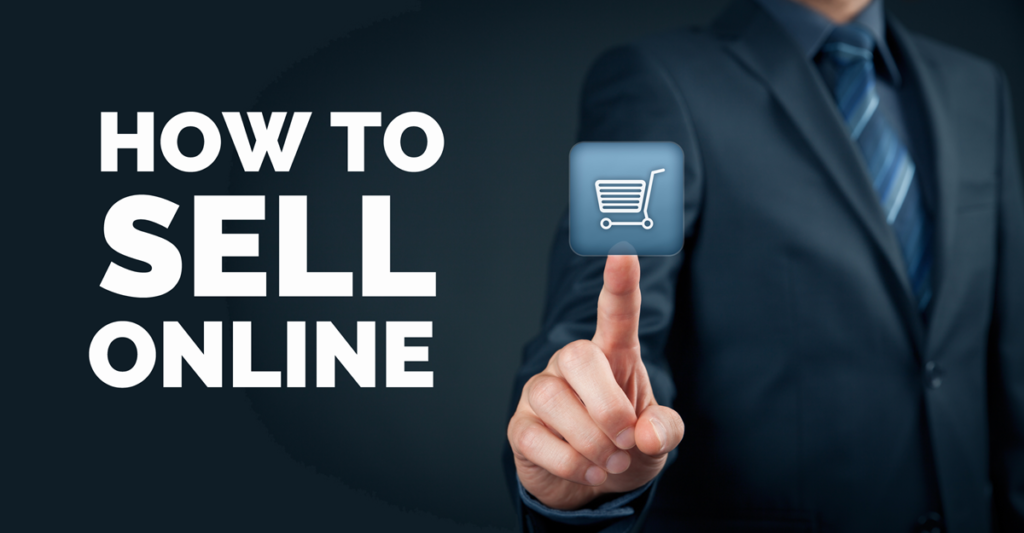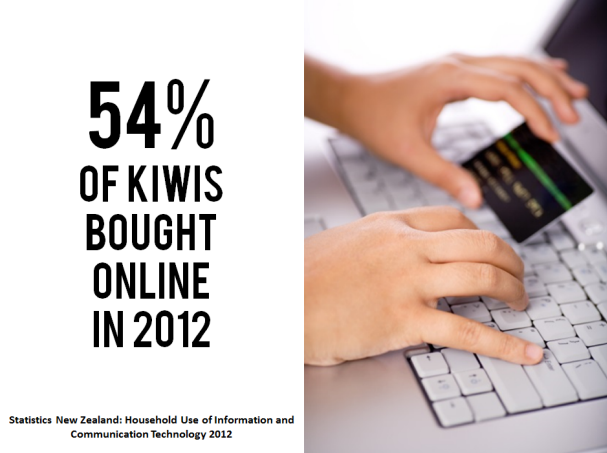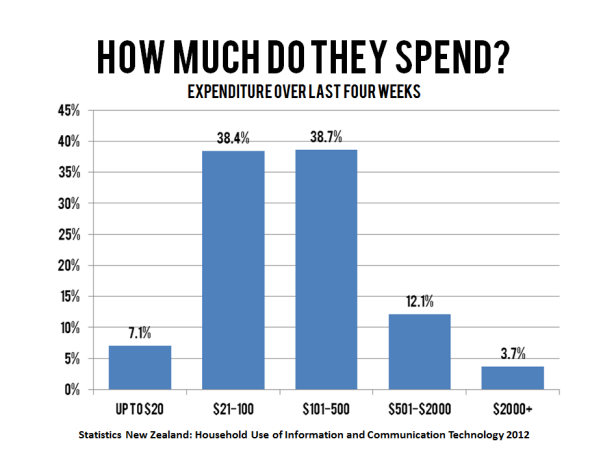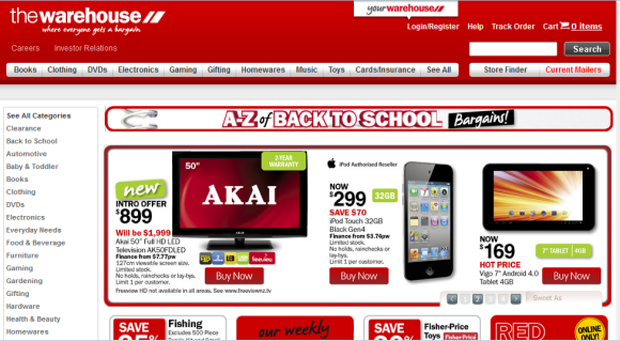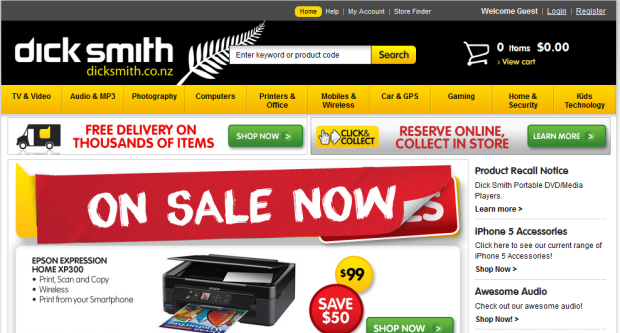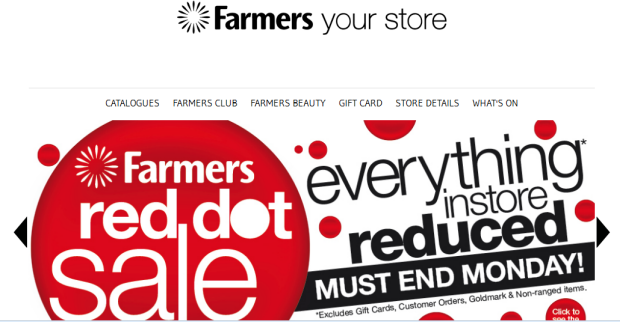Are you ready to start selling online?
If you’re unsure what to do, we can help, with our newest online training course, designed for those new to selling online.
How To Sell Online
This is a seven-part online training course providing a comprehensive introduction to Online Selling, from the basics to detailed instructions on how to build and run a programme.
This eCourse is conducted on a web-based e-learning software platform, enabling course participants to proceed at their own pace, accessing materials online. This particular eCourse provides content in a variety of multimedia forms, including videos, slideshows and PDF files. No special software is required to participate.
Course content will be provided in seven lessons, for participants to access in accordance with their own timetables.
Course Content
The course covers the following topics:
Lesson One: Know Your Customer
To whom are you selling? Is your market local, regional, all of New Zealand, Asia-Pacific, the English-speaking world or everywhere? In the current environment, are your designated markets easily able to click and collect or to receive deliveries?
Is your potential buyer female? Male? Young or old? Urban or rural? Niche or mass-market?
In recessionary times like these, consumers change their behaviour. They are typically much slower to spend, do much more homework and require a lot more reinforcement and validation before dipping into their wallet. In this lesson, we explore what you should know about today’s customers, what they need to know about your products and how you can communicate with them effectively.
This lesson also covers:
- The 10 most important factors that consumers look for when deciding whether or not to buy from you (and how you can improve each aspect)
- The seven aspects of online shopping that shoppers most want to see improved
- The five most likely reasons why consumers abandon their shopping cart in the middle of a purchase
Lesson Two: Which Products?
Some products are easier to sell online than others. We go through the attributes of products that have proven the easiest to sell through e-commerce.
If you don’t produce your own products, are there any issues with having the rights to sell particular products online (i.e. are there any territory restrictions that you need to observe)?
We also cover:
- The five most attractive offers that you can make, to close a sale
- The six factors that consumers are most likely to consider when comparison shopping
- The most popular items that Kiwis are buying online these days
- The four most-important offerings you can provide that will have consumers recommending you to their friends
Lesson Three: Where to Sell
Do you actually need a website to sell online? Not necessarily. We review some of the options available to you to list your products on various online marketplaces such as Trade Me, The Market, Google Shopping and Amazon.
Then we examine the basics of setting up a website. What are your options for getting a website set up on a shoestring budget? We look at such possibilities as Wix and WordPress and give a quick introduction to what is required. We tell you how and where to get your own website name and consider the most cost-effective alternatives for hosting your website.
Lesson Four: Choose Your Ecommerce Software
If you are new to selling online, there are a number of decisions that you will need to make when setting up an online store. Amongst those:
- what software should be used to operate your store (we explore the most popular options available to New Zealand sellers)?
- what payment options are available ? We explore the possibilities available to New Zealand businesses when it comes to accepting online payments, either by direct debit or by credit card (without you needing to have a merchant account).
Lesson Five: Plan Your Logistics
So now you’re selling successfully online — but you’re also drowning in paperwork, struggling to get goods out the door and in danger of being overwhelmed by your own success.
As many online sellers have found to their surprise (and frustration), it takes a surprising amount of time and effort to process, package and dispatch products if you aren’t already set up to handle such things in reasonable volumes. And that’s even without the coronavirus getting in the way. We discuss the essentials, including “click and collect” and various freight options.
We look at currently available tools and best practices (including listing, multi-channel management and logistics systems) and talk you through what you need to do to cope. In this lesson we also explore the steps you must take to build your reputation and credibility online — and how to protect that reputation at all costs.
Lesson Five takes you through:
- The ten questions that will kill your business if you don’t know the right answers
- Effective economies of scale and how they can be applied to your business
- The one common failing that will absolutely doom virtually any online sale
- Logistics solutions — where to find them and what to evaluate
- The importance of tracking for smooth after-sales service
Lesson Six: Effective Online Selling Secrets
In this lesson, we discuss how you can make ecommerce work for you. We talk about the 71 secrets of effective product pages and the 20 classic ecommerce mistakes you should avoid; and how to remarket to visitors who have left your site without buying.
Lesson Six also shares:
- The very best moment to ask your customer to spend a little (or a lot) more
- Upselling and cross-selling strategies that work best online
- Data, data, data — and why that replaces ‘location’ as the online retailing mantra
- How an oddly-named technology pioneered by Pattie Maes at MIT now powers the world’s most effective online selling machine (and how you can and must use it yourself)
- The three crucial ingredients of online retailing success — and how you can constantly refine them to improve your profitability in any market
- The secrets of today’s online retailing sales funnel
- Lessons you can learn from a long-dead professor
Lesson Seven: Getting Found Online
It’s very easy to be overwhelmed by Search Engine Optimisation and all the scientific mumbo jumbo surrounding search engines. We cut through the orchestrated litany of linkjuice jargon and explain the core principles you need to know to get your business found on Google and Bing search engines.
Once you have your web presence established, how do you attract traffic? We look at Pay Per Click advertising on Google and Facebook and their associated networks, take a look at the Video On Demand possibilities and consider online Display Advertising. It’s possible to waste a lot of money online; in Lesson Six, our aim is to save you from all that.
Course Creation & Tutoring
The course has been created by Michael Carney, longtime marketer and author of several books, including the top-selling book “Trade Me Success Secrets” (now in its Second Edition) which documents how to sell effectively on this country’s largest and most successful eCommerce platform. Michael is also the creator of a number of other online courses (including several Social Media Marketing courses) and consults on many digital business initiatives.
Who Should Take The Course
Any business aiming to sell products online.
————————
This course begins on Thursday No upcoming date found in provided date list.
INVESTMENT
This seven-part eCourse is available for $497+GST. However we offer a $100 Early Bird Discount for bookings received and payment made by midnight on Thursday No upcoming date found in provided date list. Pay only $397+GST for this course!
Bookings are confirmed on receipt of payment, which can be by cheque, bank deposit or credit card. We can raise an invoice in advance if you need it.
To reserve your place in this course, please pay by credit card through PayPal by clicking here.
If you would prefer to pay by bank deposit, or require an invoice before making payment, please send an email to info@ecommerce.org.nz with details of your request.
(The service provider will be shown as Netmarketing Courses in your transaction and on your credit card statement).
WHAT HAPPENS NEXT?
Your booking will be confirmed by email (if you have not received a confirmation within 24 hours, feel free to email info@ecommerce.org.nz).
On the first day of the course you will be supplied by email with login details and Course Notes for Lesson One.
ABOUT THE COURSE
This is an online course, conducted on a web-based e-learning software platform, enabling course participants to proceed at their own pace, accessing materials online. This particular eCourse provides content in a variety of multimedia forms, including videos, slideshows and PDF files. No special software is required to participate.
Course lessons will be provided in seven parts, for participants to access in accordance with their own timetables.
CUSTOMER FEEDBACK
Here’s what some of our students have said about our other courses:
- Really informative course, definitely helping us whilst we start out on our first ecomm project in NZ — Rob. T
- Thanks for another great course. I found it insightful, in-depth and I know our web presence and web sales will improve because of it. — Bruce H.
- I have somehow managed to develop over 80 pages of my own notes to complement the course ones. I look forward to participating in another in the near future. — Mark J

